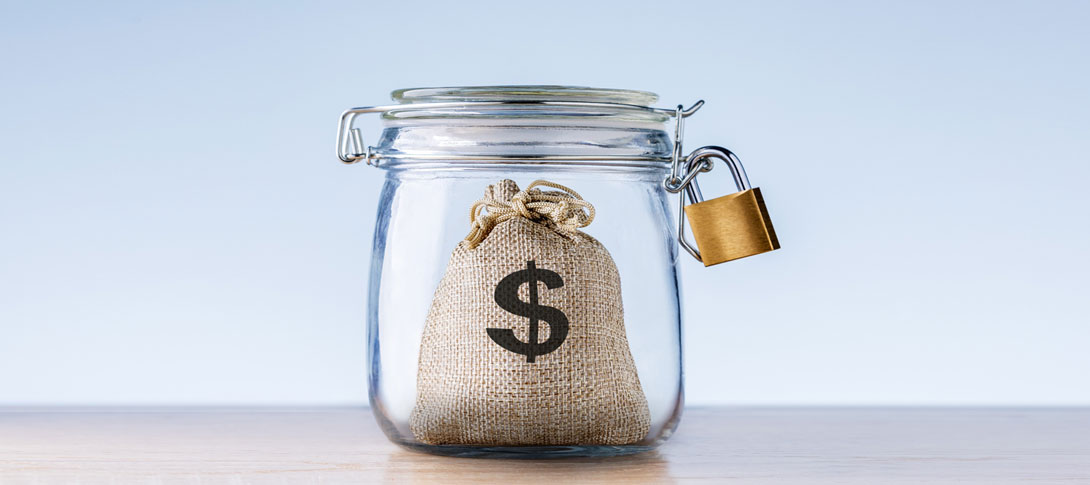…and how to make it happen.
Stop us if you’ve heard this one before: You should “save for a rainy day”. But what does that really mean?
It means you should save for financial emergencies because you never know what might pop up unexpectedly. Millions of Americans notoriously live paycheck to paycheck, without enough savings to pay for more than a week or two of living expenses. As many as 30% of Americans have zero savings (!)
Consider this scenario… You head to work in the morning, not a care in the world. When you arrive, you’re told your company is downsizing and you’ll be laid off next week. You can apply for unemployment but that will take a few weeks to process. Panic immediately sets in as you think about how on earth you’ll pay this month’s bills… your rent, your utility bill, cellphone, car payment, not to mention feeding yourself in the meantime. We all think something like this would never happen to us, yet we all know people that have gone through this very same heart-wrenching situation.
Now reconsider this scenario if you knew you had 3 months’ worth of your expenses tucked away to be used only in case of emergency. This is the very definition of an Emergency Fund (or “EF”, as we call it) – savings that can provide for all those things above, rent and utilities and cellphone etc., in case of um… emergency. If you were going through something like the person above, your EF would cover you while you apply for unemployment and find a new job, which never goes as fast as we’d like. See why an EF is so critical?
Here at Firreo, we recommend an EF of 3 months of expenses. And we mean ALL expenses. Let’s see how to build an EF:
- Decide where you’ll keep your EF savings. We recommend opening a new bank account so your savings are in a separate spot than your regular checking account. To earn a little extra on your emergency savings, we’d suggest opening a checking or savings account that pays interest. Saving AND extra cash? Yes please.
- Make a plan to save money regularly in your fresh new EF. Maybe you put $100 a month in there, or $20 a week, or you’ve already got all the EF funds you need in your checking account so you simply transfer it to your new EF account.
- Any amount of saving is better than zero. Make a plan to save X amount per week or month, and stick to that plan. Saving $5 a month is better than zero, but think about that next time you pull into Starby’s and order that venti caramel frap. That $5 could be going to your EF to use when you really need it.
- We recommend building your EF as quickly as you can, but don’t put yourself in a pinch by saving too much too quickly. Save what you’re able to and watch that EF grow!
For lots more on how to crush the personal finance game and find early retirement, make Firreo your financial advisor. We’ll help you out of your job and on your way to financial freedom!
